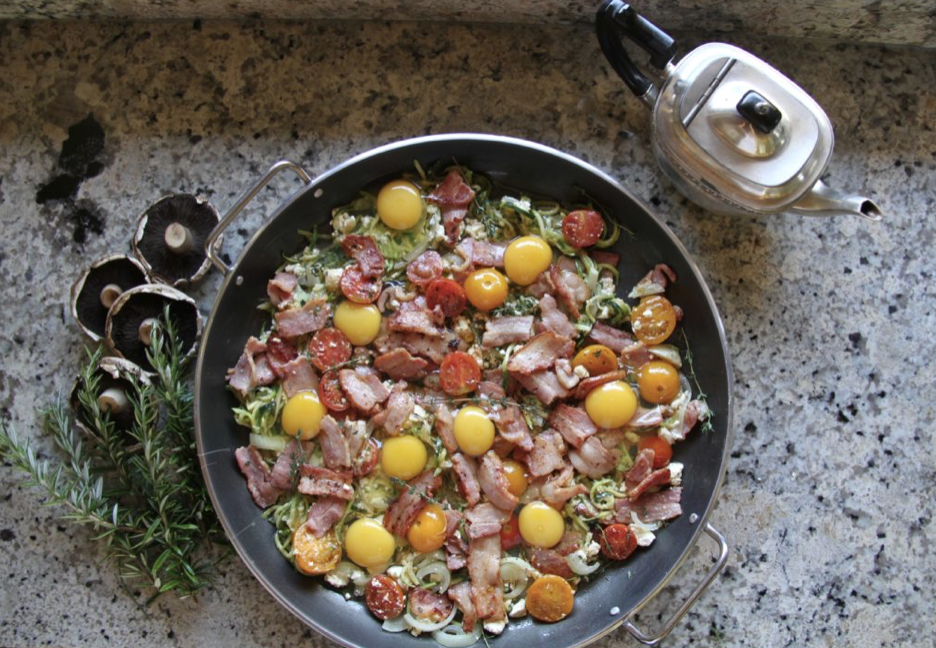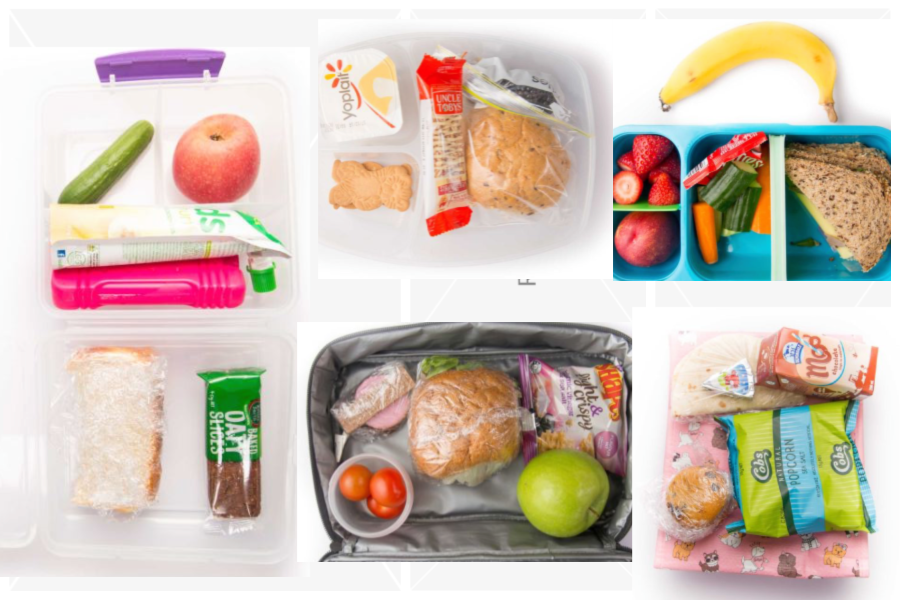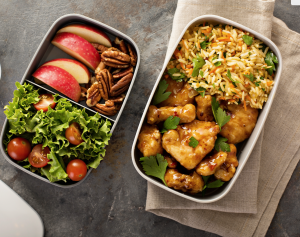Very simply, they’re not less tolerant. It may seem they are, however, it’s more likely;
And traditionally our sweet palate would’ve been satisfied with the natural sweetness found in leaves and tubers, a long way from the sweetness we’ve got used to today!
Simply, sugar is not what it used to be when we were growing up. I know it can be difficult for grandparents and others to understand this when they just want to give their grand children a little treat!
So to avoid a sugar overdose try this;
Otherwise enjoy the special time to spend with friends and family and when you’re back in a routine, you can get back on track and importantly, focus on strengthening their immunity! My mini ebook, ‘Why kids get sick’ is a perfect place to start.
Download it on my site for free.

To transform your wellbeing and your families, from the inside out, simply and naturally contact me here https://www.katebarnes.com.au/contact/ for an initial discussion on what’s right for you or let’s start with a healthy aging review and assessment.
Quick and Easy Chocolate Gifts & Treats;
home made (everything) rocky road
chocolate crackles – An oldie but a goodie!
Granola
A Crunchy Granola (great for travelling and if you need a healthy breakfast or snack on the go)!
Beef
Slow cooked cinnamon beef cheeks with cauliflower cream

Fish
Lemongrass, Garlic & Coconut Fish Curry

Eggs
A feastive one pan breakfast (perfect for brunch or a lazy morning).

I recently went to a public talk, ‘Bring back the fat’ hosted by Christine Cronau, Nutritionist and Author, who transformed her weight and health on a high fat, low carb diet 18 years ago.
Her presentation shared case studies, benefits and more on adopting a ketogenic diet (high fat, adequate protein, low carb), which I’ll share more on at another time.
It was the speaker after the break, Dr Aseem Malhotrah, a cardiologist, author, researcher and professor of evidence-based medicine that I was curious to hear from.
Dr Aseem is well credentialised. A Cardiologist, Harley Street Roc Private, The King’s Fund – Trustee, Academy of Medical Royal Colleges – Choosing Wisely Steering Group, Advisor National Obesity Forum. He’s written numerous health and academic articles for medical journals and mainstream media on topics related to obesity, heart disease and health policy. He’s also won a number of awards for his work and was named in the Sunday Times Debrett’s list in 2016 as one of the most influential people in science and medicine in the UK.
His opening slide read;
‘The demonizing of saturated fat and cholesterol and the mass prescription of statins; the biggest mistake in the history of medicine?”
It got my attention.
Here’s a brief overview of what he shared;
On the state of the medical system.
On predicting heart disease or Coronary Artery Disease (CAD).
Other indicators for heart disease testing include a;
As you’d assume, Dr Aseem is not without critics.
After the publication of an article in the British Medical Journal, ‘Saturated fat is not the major issue’ his findings were questioned by an Oxford University Professor – Sir Rory Collins. It prompted an independent review, which found Dr Aseems findings valid. However, the review also found that the Professors University research was financially conflicted due to payments made to his department and to the University.

Concluding comments.
Although why wait to see a Doctor when healthier lifestyle choices can be made today?
What to do?
If his research has peaked your interest I encourage you to do your own research, ask questions and become informed about this important topic and where the money (funding) trails lead.
To transform your wellbeing and your families, from the inside out, simply and naturally contact me here https://www.katebarnes.com.au/contact/ for an initial discussion on what’s right for you or let’s start with a healthy aging review and assessment.
References & resources;
https://bjsm.bmj.com/content/bjsports/51/15/1111.full.pdf
https://www.ncbi.nlm.nih.gov/pmc/articles/PMC380256/
http://doctoraseem.com/the-great-statins-divide/
Dr Ross Walker https://medium.com/@drrosswalker/statin-use-in-older-people-16a000be0634
Journal, Summer 2017, Nurturing Therapies for Heart Disease
‘saturated fat is not the major issue’, British Medical Journal
This week the ABC published an article, ‘What’s in our kids lunch boxes’?
It’s been preying on my mind.
Schools from differing socio-economic backgrounds suburbs were visited in the same city in Victoria to see what was inside childrens’ lunch boxes.
What they found isn’t too surprising but was deeply concerning (see images below).
Briefly, here’s what they found;
Yes, it may be just a snapshot of one city and a couple of schools at a point in time, but I think it’s probably a snapshot of society generally.
Lunch is only one meal in the day. Does it really matter? YES. It makes up a third of our daily food intake.
And we know for many, breakfast is not going to be too different in terms of the few (if any) nutrients growing children are getting i.e. a bowl of highly processed cereal with milk or toast and vegemite! Kids get home from school tired and hungry (needing real food i.e. nutrients), and make poorer choices around homework, relationships and more. Then let’s assume dinner is meat and some veg – awesome. But… It’s NOT enough.

Snapshot of lunch boxes from Broadmeadows.

snapshot of lunch boxes from Brighton (read the article for lunch box details)
In summary.
Children are growing, developing and DEMANDING every type of nutrient for their brains, hormones, immunity and so much more and they’re not getting enough of what they need – no matter where they live.
The ABC’s “universal snapshot” shows in images that our children are under nourished i.e. they are potentially ‘malnourished’. Sandwiches and packet foods are not enough.
How can they be expected to perform at school and in life when the fuel tank is empty?
I fear for this generation and the generation to follow them. It makes me sad.
I know you’re aware of this and doing great things in your home to nourish yourself and your families but… in todays world to get kids eating a good lunch is hard. Even for the healthiest of us, including me – irrespective of wealth.
After making lunch boxes for 10 years (where did that time go) – I know!
And now as they’ve got older and their peers are so much more influential in their choices, it’s harder again.
It’s one thing to know what makes a good nutritious lunchbox, another getting kids to eat it especially when their buddies are opening up packets of ‘food’ and munching on vegemite sandwiches, and ‘no-one wants to swap their lunch with you!’ OR they just won’t eat the healthy ‘stuff’ and are fussy eaters. It’s easy to relent. But that’s like saying to them it’s ‘okay’ and it’s not. Every now and again is okay – not most of the time.
Which is WHY as parents and carers, it’s important to stay strong in encouraging our children to eat well in their early years.
I think of it as my gift to them and that one-day, they’re going to be grateful for all those ‘weird’ foods in their lunch boxes (fingers crossed).
In saying that, an unhealthy lunch box is not about lazy, un-financial or ill-informed parenting.
It’s a symptom…

It’s a symptom of deeper issues at play;
Making time for preparing good food now is better than making time for sick kids, doctors, specialists, medication and the slippery slope into auto immunity and chronic illness later.
Perhaps by bringing awareness to these deeper issues / thoughts it will make it easier next time you’re preparing lunch boxes in the heat of the busy morning.
And if your children refuse to eat your healthy lunch box, don’t give up, there is a good reason for it. Rather find someone you know who understands the deeper issues or contact me for a complementary initial discussion to hear more about how we will get them enjoying a wide variety of foods and so much more.
It’s a complex issue. Strong social leaders like chef Pete Evans and also Sarah Wilson (I Quit Sugar), with massive international audiences, have tried to change what ‘healthy’ looks like in our schools at a government level, with only limited success.
But is it totally up to the government? Of course not – we need to be aware of the deeper issues and take responsibility ourselves.
It starts in our homes, at our tables and in our hearts.
Think about real food – clean, natural, real …
Let’s bring back healthy lunches.
And for simple ideas on how to save time and pack a healthy lunch box, with loads of nourishing, delicious recipes, a reminder to check out my ‘Lunch box rescue’ ebook.
As a Mother, Scientist, Business Owner and Wife I understand how full life is. It is my passion to work with women to simplify the overwhelm we often carry in managing it all while still nourishing our families and ourselves. Simply. Naturally. Contact me here for a complementary call. Why wait?